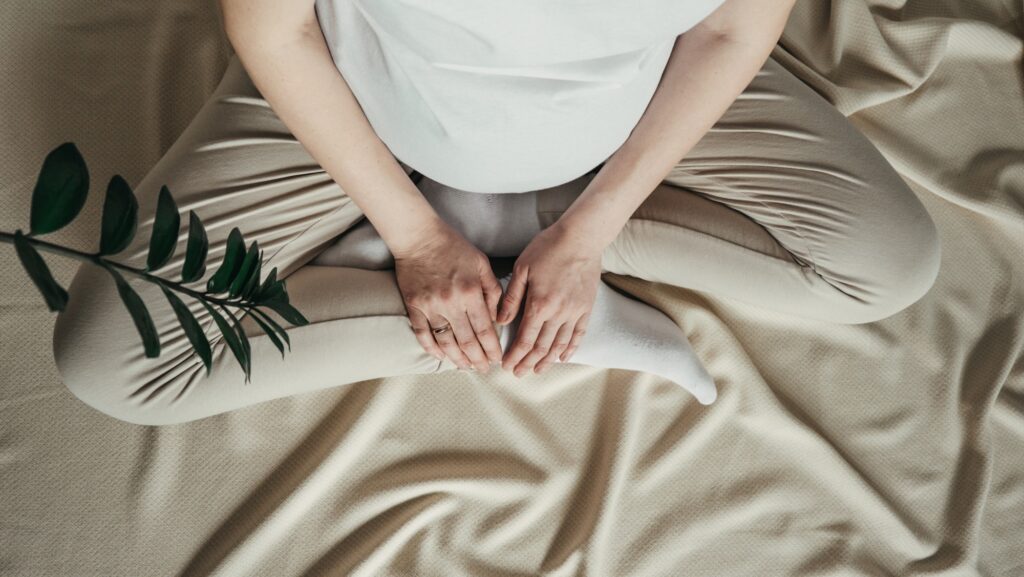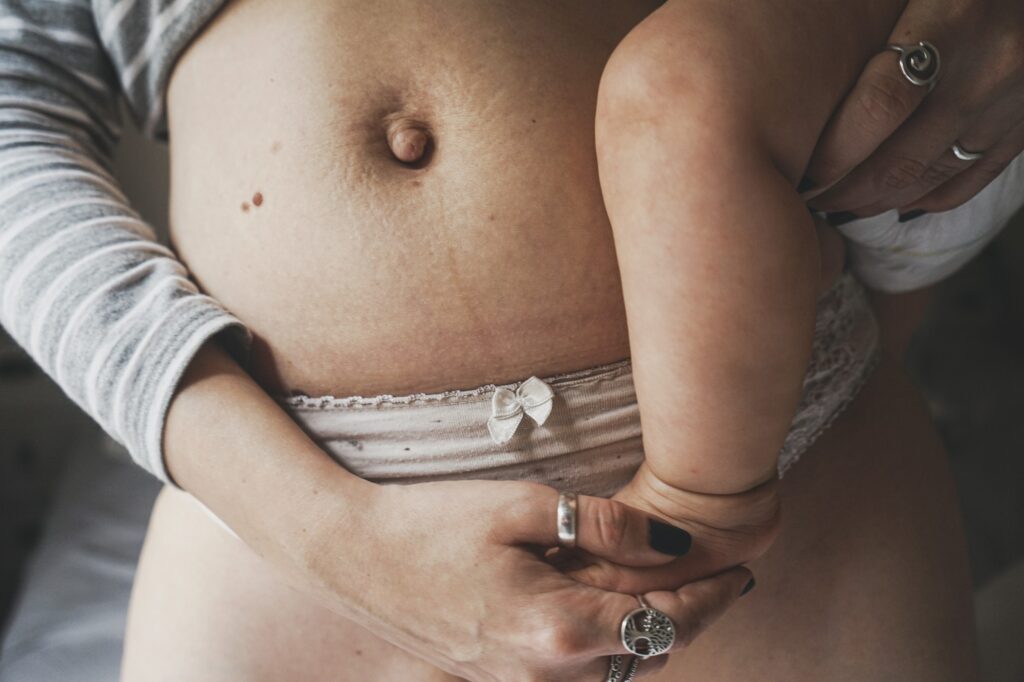No one needs to tell you that your belly will stretch and grow with pregnancy. That’s an obvious fact. What you may wonder is why some women recover differently than others- especially in their stomach region.
While some mothers return to their pre-baby shape, other’s develop stomachs that appear loose, maybe bulging, or like their abs are misplaced. 1 in 2 women report having Diastasis Recti after giving birth.
This is possibly due to Diastasis Recti.
Diastasis Recti is when the abdominal muscles that meet in the center of your stomach become separated. A fast-growing uterus and weight gain can contribute to this disconnect of muscle.
So why do some women experience diastasis recti and some do not?
The greatest number of women who suffer are above the age of 35.
- Additionally, women carrying multiples tend to develop diastasis recti because their uterus is stretching at a fast rate to provide more room for baby.
- Women who have been pregnant before and women who are obese are also reported as most commonly affected.
- Last, genetics can also contribute to diastasis recti.
Good news, you can prevent Diastasis Recti by activating and engaging your pelvic floor and abdomen during and before pregnancy.

5 exercises I like to treat Diastasis Recti postpartum are low-impact and with consistency can repair the separation:
- Bridge pose. Laying on your back with knees bent push into your feet raising your hips into the air. Activating your abdomen hold for 5 seconds and release down to earth. Repeat 5-10 times.
- Heel slides. Laying on your back, knees bent take one heel and push forward to extend your leg and then retrieve back pulling toward your center. Repeat with each heel back and forth for 10 times.
- Pelvic Tilts. Slightly using your hands placed on your hips to guide your pelvis to rock gently forward (to a straight spine) and back to get a slight curve. This is a massage for your spine, lower back, abdomen, and pelvic floor while working to repair your abdominal muscles.
- Dead Bugs, bent knee. Laying on your back with knees up in the air, extend opposing arm and leg in opposing directions. Think the opposite of bird dogs. and alternate to extend opposing arm and leg toward center and then again outward.
- Bird Dogs. On all fours, with hands directly under shoulders and knees under hips. Take one leg out straight behind elevated and opposite arm extended forward. Draw both extended leg and opposite arm by touching elbow to knee and then extend out. Repeat 10x. Then, lower opposite hand and knee down to floor. Repeat on other side, lifting opposing arm and leg in either direction and draw in, arching back and then extend out again.






